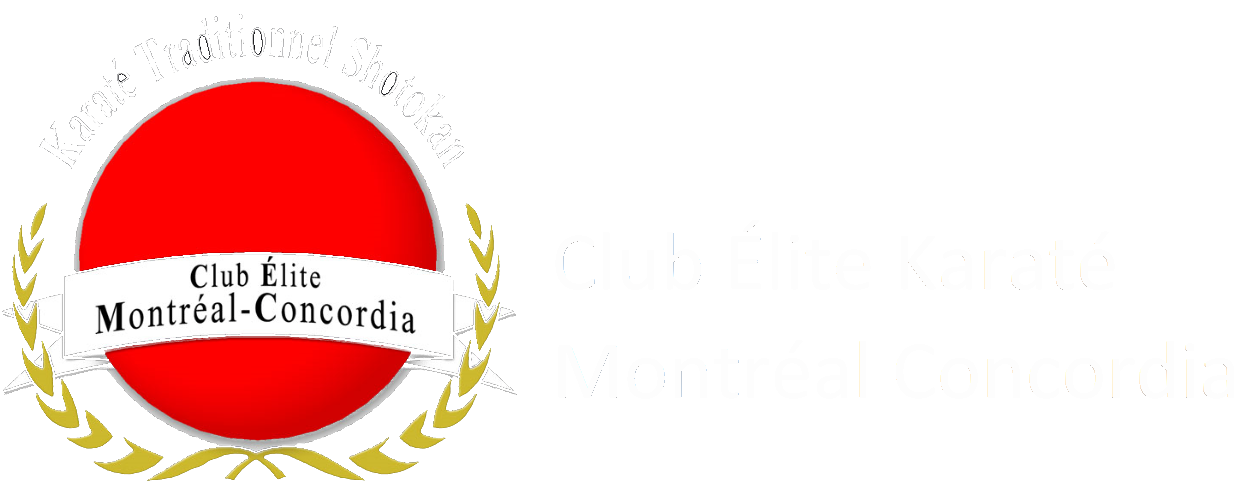Rules
The dojo functions according to traditional rules. It is important for beginner students to follow and adopt them. Please see the rules section of the club and at the intensive training camps.
Techniques with partner
About fifteen minutes is then reserved for two by two techniques. Beginners learn to estimate safe distance by applying defense techniques against a partner who alternates in the offensive and defensive role. These two techniques develop concentration and prepare the student to protect his physical integrity in case of aggression. Advanced belts pratice free fighting with offensives and defensives techniques.
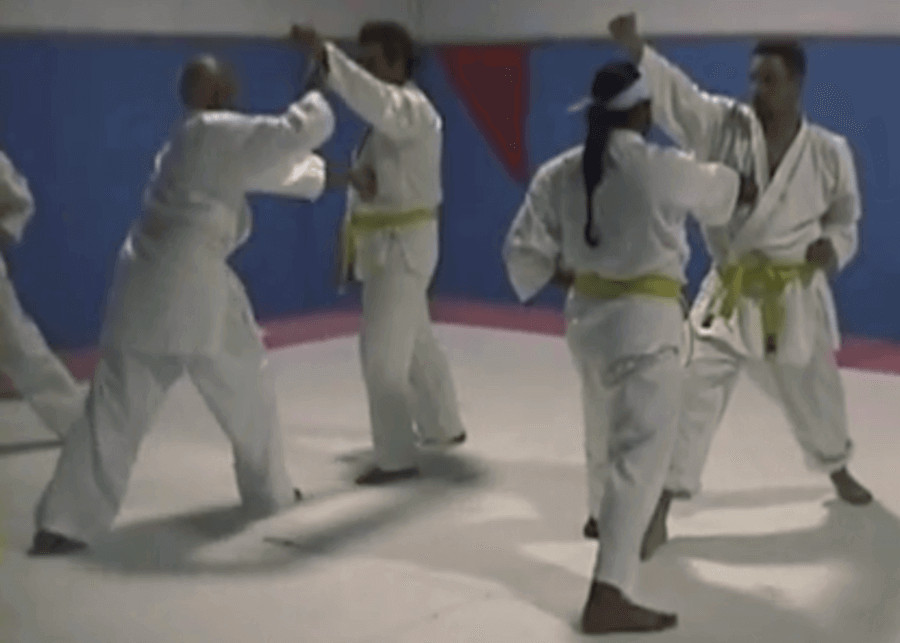
Kata
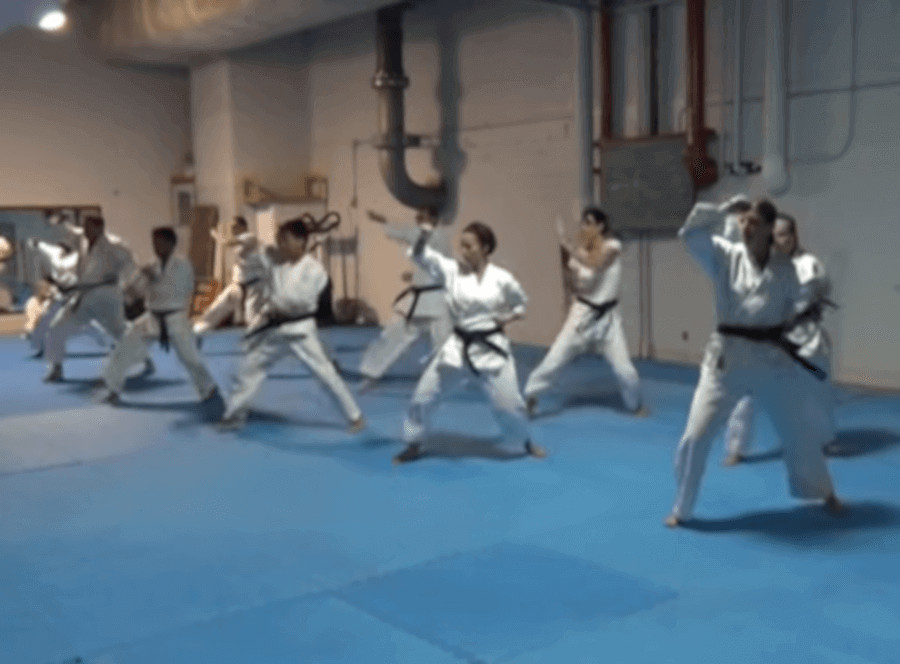
The last fifteen minutes are reserved for the performance of kata, which are formal trainings in which a practitioner defends himself against imaginary opponents. The kata can be performed individually or in a group. All movements are predetermined and the set must be executed in a proper time.
The practitioner must look for different attitudes in the kata:
Technical perfection that leads to efficiency.
The rhythm including high or low times depending on the nature of the kata.
Breathing, always abdominal, sometimes slow and deep, sometimes fast and short. It is often inaudible but can also be loud.
The mental attitude: to be alert, vigilant and determined.
There is in traditional Shotokan style 26 kata ranging from simple to more complex.
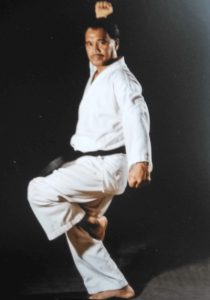
Grading test
Belt grading is the evaluation of the practitioner’s learning and comprehension of the next belt level. This evaluation should not only be based on the technical aspects but also on the mental and spiritual development of karateka.
All applicants must:
To be able to satisfactorily perform the prerequisites for the desired grade (basic techniques, two by two techniques and katas).
Details of these techniques are posted at the club. Staring from the green belt and up, the candidate must demonstrate that he is able to respond effectively to an aggression.
Hold a valid sport passport which allows for annual insurance coverage in the event of an accident during training. This passport allows you to register your future ranks and your progress in karate.
Pay the examination fees.
Ranks
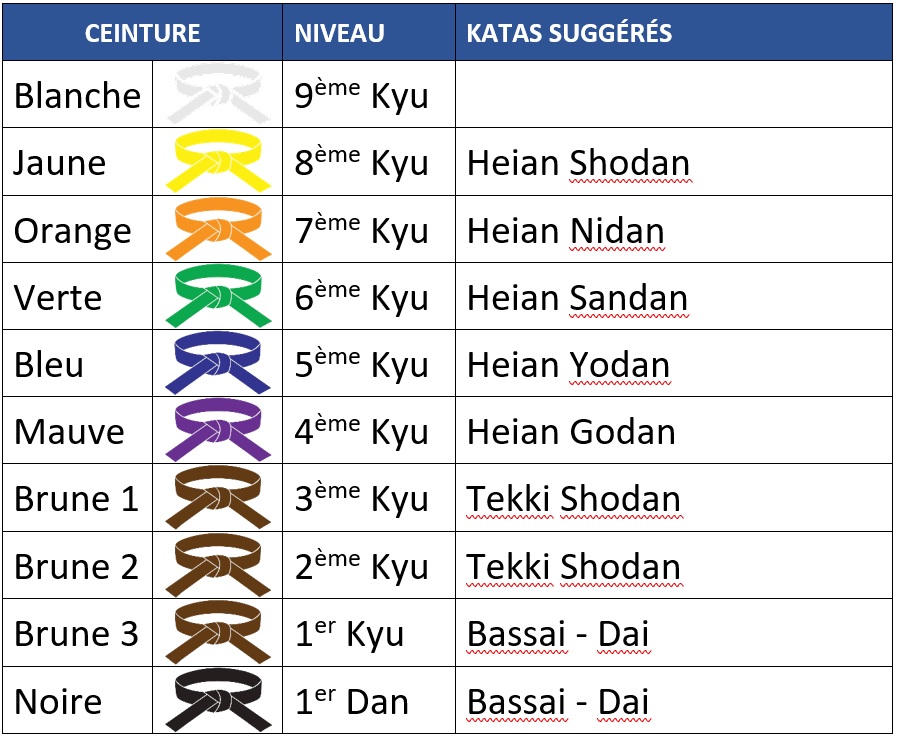
Row Alignment
Students must follow the alignment scheme below to get online (SKIF World Applied Schema – excerpt from the website). For students of the same grade, the oldest student will precede the new one.
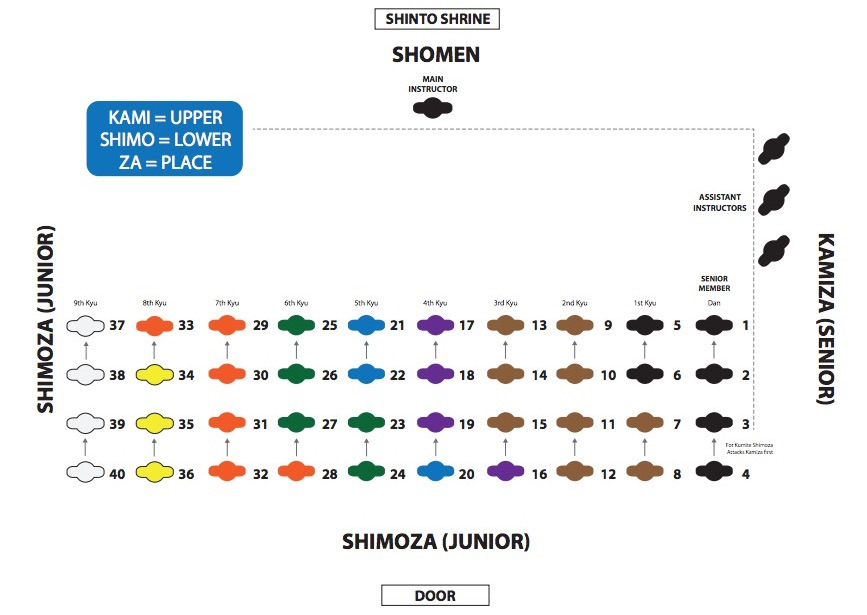
Vocabulary
Sensei: Teacher
Sempai: Senior
Kohai: Junior
Dojo: Location, training room
Tatami: Quilted mat that covers the floor of some dojo and traditional Japanese apartments
Karategi: Wearing karateka, dogi, kimono
Osu (Oss!!!): I understood
Re(rei): Greet
Hajime: Start
Mawate: Rotate
Yame: Stop
Yasume (Yassme): Relax, rest
Yoi: Be prepared, get ready
Kata: Set of movements, shapes. Simulation of fight against one or more fictitious opponents
Bunkai: Explanation of the sequences of a kata
Kiai: Cry execution of a technique (brief expiration)
Makawara: Doormat, wooden post with braided straw
Gedan: Low level
Shodan: Average level
Jodan: High level
Kyu: Rank, class, distinction
Dan: Level, degree
Dô: way
Zanshin: Vigilance
